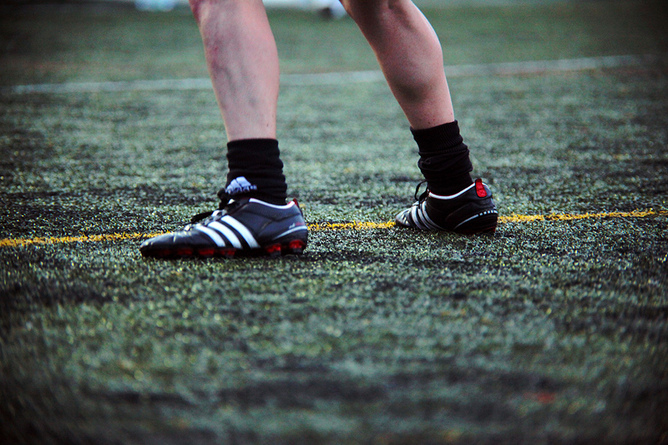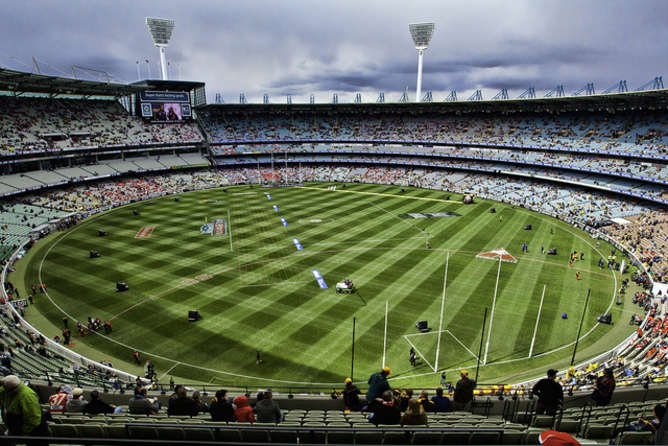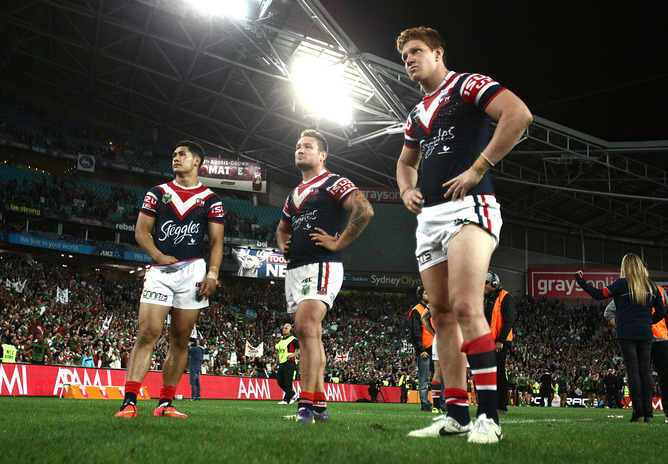Athletes, Sports and Violence Against Women (Op-Ed)


This article was originally published on The Conversation. The publication contributed this article to Live Science's Expert Voices: Op-Ed & Insights.
Male sports stars perpetrating violence against women is a phenomenon that, sadly, seems to cross both international and sporting borders. In the most recent high-profile case, NFL player Ray Rice was filmed in the act. Other stories then emerged about his violent behaviour, as they so often do when a well-known personality is exposed.
While the association between violence against women and elite athletes is not uncommon, it is not sports per se that are the problem. Research suggests that sexist peer norms and cultures of group disrespect that are common in male team sports appear to lead some men to believe violence is acceptable. This may include rude and aggressive behaviour, pornography consumption or the encouragement of group drinking.
Of course, violence against women is not the exclusive domain of sports stars. It is a global problem both in public and in the domestic spheres; 35% of women worldwide have experienced physical or sexual violence at some point in their lives.
In Australia, we are not strangers to the kind of headlines that emerged after the Ray Rice assault. But they’re a lot less common now than a decade ago. So, how did Australia work to reduce violence perpetrated by sports players against women? And is it really working?
Two different approaches
Australia’s sports entertainment industry supports two main football codes, Australian rules football (governed by the AFL) and rugby league (governed by the NRL). In 2004, a number of incidents of sexual assault and intimate partner abuse involving players from both codes made headlines. This led to a perfect storm of media coverage which drew attention not only to the players involved but also to the football codes they represented. It also led to a community backlash that cast both the NRL and the AFL in a negative light.
The AFL quickly responded to the negative publicity and embarked on a campaign to position the organisation as socially responsible and prepared to stand up against all forms of violence against women. This was enshrined in a new policy known as Respect and Responsibility, and a program that delivered an annual education program for players, accompanied by anti-sexual harassment and discrimination procedures.
Get the world’s most fascinating discoveries delivered straight to your inbox.
The AFL player training involved the delivery of short (90 minute), one-off sessions on respectful relationships and pro-social bystander behaviours. A key feature of the AFL’s response was that it was largely in-house, calling on the expertise and guidance of community groups.
The NRL response to the 2004 media storm was different. Without too much fanfare, the NRL engaged researchers to determine whether there were any aspects of rugby league culture that encouraged or condoned violence against women. According to Catharine Lumby, co-ordinator of the research team, players unanimously denounced sexual assault and some asked for support to manage sexual and social encounters with women in ways that always ensured informed consent and didn’t result in any party feeling damaged or demeaned.
The findings of this research led to a collaboration between the NRL, the research team and Moira Carmody from the University of Western Sydney who had developed a program for young people called Sex and Ethics. In 2009, the Sex and Ethics program was piloted with NRL players, and subsequently rolled out. The six-session participatory education program addresses attitudes, skills to negotiate sexual intimacy, the impact of alcohol and drugs on decision making, ethical consent and the law and bystander behaviour.
Mixed results
There are several key differences between the two approaches. The AFL introduced a short, annual training program supported by rule changes and contractual obligations, and took a public stand to position itself as a champion for women’s rights. The NRL also took a stand but focused more on supporting players to develop skills and reflect on and change attitudes through an in-depth program.
Although there has only been limited evaluation of both education programs, in my yet-to-be published research in the AFL we found that players were likely to “know the rules” when it came to “behaviour unbecoming” and “bringing the game into disrepute” largely because of their contractual obligations rather than as a result of the training or an increased respect for women and gender equality.
We also noted that some disrespectful attitudes towards women persisted, and for some players, women were seen either as “sluts” (good for casual sex) or “girlfriend material” (worthy of being treated with respect).
Reducing violence against women
In the decade since the media storm in 2004 there has been a major change in public discourse and media scrutiny of violence against women, so that any hint of a scandal fires the media into action and the organisations involved into harm minimisation mode. Nonetheless, since the introduction of these programs there have been far fewer incidents and the few that have occurred have been swiftly dealt with and accompanied by public statements concerning the organisation’s public stand opposing violence against women.
The post-2004 responses to negative media coverage by both the AFL and the NRL were borne of crisis and were no doubt driven by concerns for brand protection. In a perfect world we might expect organisations to respond to sexism, violence against women (and other social ills) because they adhere to ethical values. But is what unfolded the worst response to such events?
The AFL embraced a model of ethical responsibility to the community and used its profile to support social and health initiatives, including opposing violence against women. The NRL implemented a research-based, in-depth ethical relationships program for players – a program that young men in football tell us is sadly missing from school sexuality education programs. The result for both football codes has been to build a brand that stands for something positive.
The challenge for the sports entertainment industry is to ensure that the public stand opposing violence against women is maintained in the long term and was not simply a reaction to damaging media coverage. Not all men are violent, and it is not the sports themselves that lead to cultures of disrespect.
The response of the AFL and NRL shows that behaviour change can be achieved and group norms can change. Many of the players in our research reported that the training they received from the AFL was the first time they had ever had education about issues such as ethical consent and bystander behaviours.
Eliminating violence against women is a much broader challenge for us as a community. We need to provide young people with high-quality sexuality and relationships education, both at home and in schools, that addresses more than the results of problematic sexual behaviour, but educates young men and women to practice equal, respectful and ethical relationships.
This piece is part of a global series, Domestic violence and sports, which examines how different sports across the world are dealing with the issues of family violence and respect for women.
Suzanne Dyson receives funding from the Australian Research Council and her research with the AFL was partially funded but he AFL and VicHealth.
This article was originally published on The Conversation. Read the original article. Follow all of the Expert Voices issues and debates — and become part of the discussion — on Facebook, Twitter and Google +. The views expressed are those of the author and do not necessarily reflect the views of the publisher. This version of the article was originally published on Live Science.




